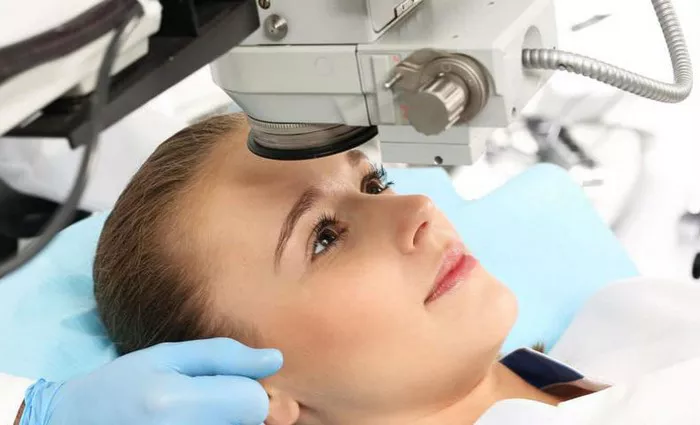Myopia, commonly known as nearsightedness, poses a challenge for individuals seeking surgical solutions for visual correction. While eyeglasses and contact lenses are conventional options, refractive surgery has gained popularity. However, the lack of a standardized method for selecting the most suitable surgical procedure for individual cases has led to potential risks and complications.
Alejandra Rodríguez, a member of the VEMoS project at Vissum in Spain, highlights the current absence of a standard approach in determining the best surgical procedure for myopia. This lack of standardization can result in adverse effects such as dry eyes, decreased night vision, or even a decline in visual acuity compared to pre-treatment levels.
The VEMoS project aimed to address this challenge by developing an all-in-one device coupled with innovative software to create a virtual model of the patient’s eye. This virtual model allows for simulations of potential post-operative outcomes, facilitating data-driven clinical decisions to support surgery.
The technology includes a topographer for studying physical features and an open-field aberrometer to measure optical aberrations in the eye, both integrated into a single device. The accompanying software then reconstructs a personalized virtual model of the eye based on corneal topographies and biometric eye measurements.
Rodríguez explains that the current visual scenario of the patient is graphically displayed, enabling ophthalmologists to simulate various scenarios and make informed pre-surgery decisions. The goal is to reduce prediction errors and complications, providing valuable information to clinicians.
Clinical trials were conducted at Aarhus University Hospital in Denmark, the University of Coimbra in Portugal, and Vissum in Spain. The results from untreated patients and those who underwent refractive or cataract surgery demonstrated the accuracy of biometric parameters extracted from the VEMoS device and validated the results obtained from simulations generated with the software.
The VEMoS innovation offers personalized clinical-decision support based on individual eye measurements, potentially revolutionizing the approach to refractive surgery decision-making. The next steps involve further comparative and repeatability analyses with a broader patient sample to continuously enhance the software and bring this innovative solution to market, ultimately improving patient outcomes.


